Magnetocaloric Coefficient And Magnetic Refrigeration
Introduction to the Magnetocaloric Effect
The magnetocaloric effect is the physical phenomenon referring to the change in temperature a material undergoes as its magnetic field changes. This effect has both heating and cooling consequences, forming the core of a new kind of refrigeration technology called magnetic refrigeration. Magnetic refrigeration can be considered more environmentally friendly and energy-efficient compared with state-of-the-art refrigeration devices that operate on gas compression principles. As the world seeks more sustainable solutions, the magnetocaloric effect presents an opportunity for industries such as cooling, air conditioning, and medical applications.

The Role of Magnetocaloric Coefficient
The magnetocaloric coefficient is one of the most significant parameters when studying and applying the magnetocaloric effect. This coefficient quantifies the amount of temperature change a material undergoes when it is subjected to a change in magnetic field strength. In other words, it measures the susceptibility of the material to a magnetic field with respect to thermal energy variation. The larger the magnetocaloric coefficient, the more efficient the material is at developing a specific refrigeration temperature change that directly influences the efficiency of magnetic refrigeration cycles.
Factors Affecting Magnetocaloric Coefficient
- Material Composition: Different materials exhibit varying properties regarding the magnetocaloric effect. While some may show a large temperature change with the application of a magnetic field, others may respond insignificantly. A substantial part of research in this field focuses on identifying those materials that display a higher magnetocaloric effect, particularly at room temperature, for the purpose of performance optimisation in magnetic refrigeration.
- Magnetic Field Strength: The intensity of the magnetic field applied determines the magnitude of the temperature change. Generally speaking, a stronger magnetic field will induce a more significant change in temperature. However, this also depends on the effectiveness of the process according to the material's ability to respond to such fields.
- Temperature Range: The value of the magnetocaloric coefficient depends on the temperature range within which a given material may be used. This highlights the need for selecting appropriate materials for various applications, particularly those that have specific temperature ranges targeted for refrigeration or cooling.
How to Calculate the Magnetocaloric Coefficient
To calculate the magnetocaloric coefficient, the following formula is applied:
dT/dH=T/ΔH*(dM/dT)
The components of the fraction consist of a numerator and a denominator.
Where:
- dT/dH is the magnetocaloric coefficient, representing the change in temperature with respect to the change in magnetic field.
- T is the temperature of the material.
- ΔH is the change in magnetic field.
- dM/dT is the rate of change of magnetisation with respect to temperature, which can often be determined experimentally.
Magnetic Refrigeration: An Overview
Magnetic refrigeration relies on the magnetocaloric effect to achieve cooling. Traditional methods of refrigeration depend on the action of refrigerant gases and compressors, while magnetic refrigeration involves magnetic materials. When these materials are magnetised, they heat up, and demagnetisation causes them to cool down. This process can be repeated in continuous cycles to provide a sustainable and efficient means of cooling.
Advantages of Magnetic Refrigeration over Conventional Systems
- Energy Efficiency: Magnetic refrigeration systems can be more energy-efficient since they do not rely on the use of refrigerant gases, which generally require high energy input for compression and expansion.
- Environmentally Friendly: Conventional refrigeration systems often involve HFCs, which are detrimental to the environment due to their high global warming potential. In contrast, magnetic refrigeration systems do not involve such gases and consequently have a reduced environmental impact.
- Quiet Operation: Magnetic refrigeration systems operate quietly, unlike conventional refrigerators and air conditioning systems, where mechanical compressors are the noisiest components of the system.
Magnetic Refrigeration: Improving Efficiency
Conditions that may facilitate the widespread use of magnetic refrigeration technology include increasing the magnetocaloric coefficient and optimising system design. Strategies to enhance efficiency in magnetic refrigeration include:
- Material Engineering: New alloys, composites, and compounds are being developed to enhance this effect. In particular, emphasis is placed on materials with a high magnetocaloric coefficient at room temperature, to enable practical applications of magnetic refrigeration.
- Optimised Magnetic Cycles: The efficiency of magnetic refrigeration depends on how the magnetic field is applied and removed. Refining magnetic cycles allows researchers to optimise the temperature changes resulting from the magnetic field and enhance the performance of the refrigeration system.
- System Design: Efficient system design is another major influencing factor advancing magnetic refrigeration. This involves the optimisation of magnetic materials arrangement, cooling processes, and energy consumption of the overall system.
Comparison of Magnetocaloric Coefficients in Various Materials
Below follows a comparison of magnetocaloric coefficients for various materials used in magnetic refrigeration research. The selected materials are based on their respective temperature ranges and capability to produce large temperature changes when exposed to a magnetic field.
|
Material |
Magnetocaloric Coefficient (K/Oe) |
Operating Temperature (°C) |
|
Gadolinium (Gd) |
3.5 |
20 |
|
Manganese-Iron (MnFe) |
2.8 |
25 |
|
Iron-Rhodium (FeRh) |
4.2 |
35 |
|
Nickel-Iron (NiFe) |
1.9 |
15 |
|
Cerium (Ce) |
3.0 |
30 |
Above all, the aforementioned materials have been selected due to their high magnetocaloric coefficients, rendering them ideal candidates for magnetic refrigeration applications. Each material has a different operating temperature range, which is highly significant during the selection of materials for specific cooling applications. For more advanced materials, please check Stanford Advanced Materials (SAM).
Frequently Asked Questions
What is the magnetocaloric effect?
A magnetic material warms up or cools down when subjected to a variable magnetic field; this is the magnetocaloric effect. Magnetic refrigeration seeks to provide an energy-efficient and environmentally friendly cooling technology, serving as the principle underlying this field.
How does magnetic refrigeration differ from traditional refrigeration?
Magnetic refrigeration cools with magnetic materials and the magnetocaloric effect, rather than relying on refrigerant gases in conventional refrigeration. This ensures enhanced energy efficiency and is more environmentally friendly since it does not involve harmful gases.
Why is the magnetocaloric coefficient important?
The magnetocaloric coefficient measures the temperature change that a material would experience with the application of a magnetic field. A higher coefficient value indicates that the material is better or more efficient in improving magnetic refrigeration systems.
Which materials have the highest magnetocaloric coefficients?
It is well established that materials such as Gadolinium, Gd; Iron-Rhodium, FeRh; and Manganese-Iron alloys, MnFe, exhibit a high magnetocaloric coefficient. These materials can be the ideal candidates for magnetic refrigeration applications.
Is magnetic refrigeration feasible in household appliances?
Yes, magnetic refrigeration can be applied to common appliances such as refrigerators or air conditioners. Current research is ongoing, with the aim of developing systems suitable for households, potentially offering a greener alternative to existing cooling technologies.

 Bars
Bars
 Beads & Spheres
Beads & Spheres
 Bolts & Nuts
Bolts & Nuts
 Crucibles
Crucibles
 Discs
Discs
 Fibers & Fabrics
Fibers & Fabrics
 Films
Films
 Flake
Flake
 Foams
Foams
 Foil
Foil
 Granules
Granules
 Honeycombs
Honeycombs
 Ink
Ink
 Laminate
Laminate
 Lumps
Lumps
 Meshes
Meshes
 Metallised Film
Metallised Film
 Plate
Plate
 Powders
Powders
 Rod
Rod
 Sheets
Sheets
 Single Crystals
Single Crystals
 Sputtering Target
Sputtering Target
 Tubes
Tubes
 Washer
Washer
 Wires
Wires
 Converters & Calculators
Converters & Calculators
 Write for Us
Write for Us
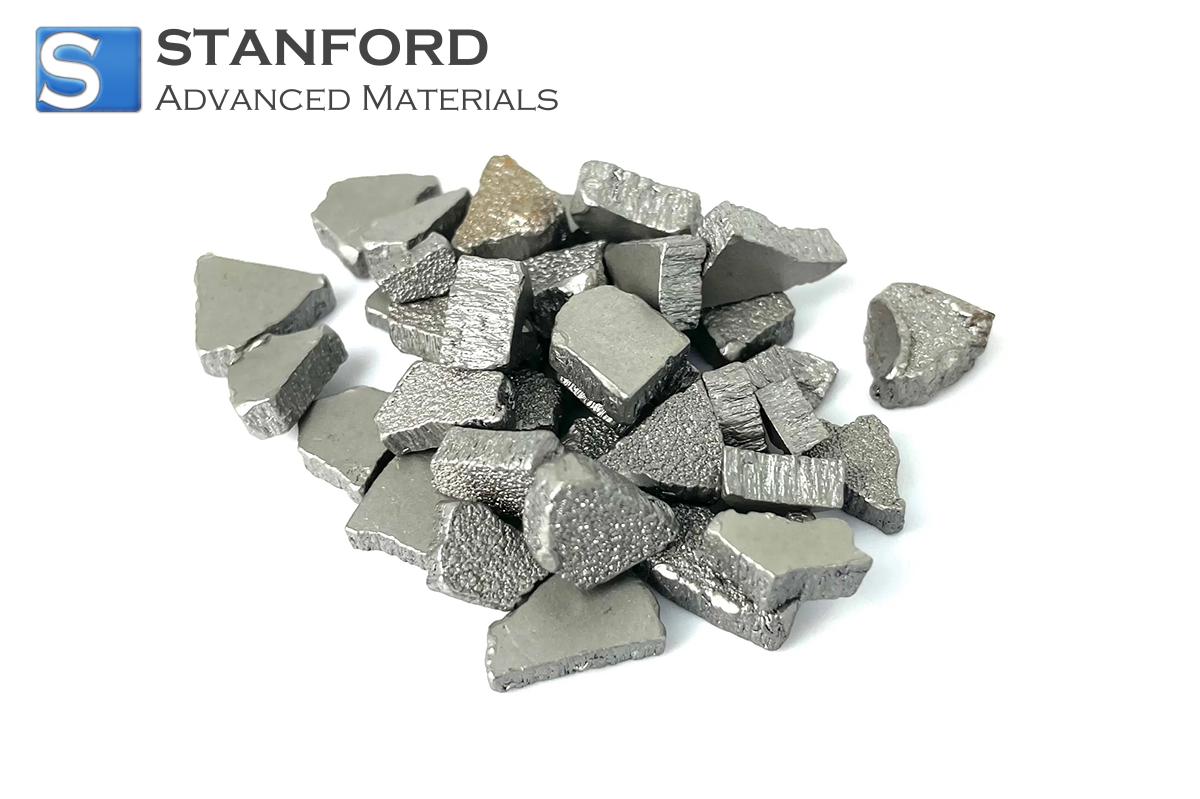
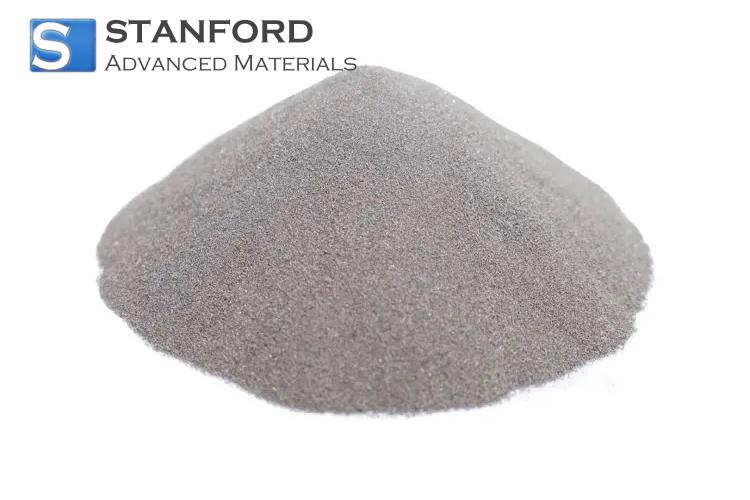
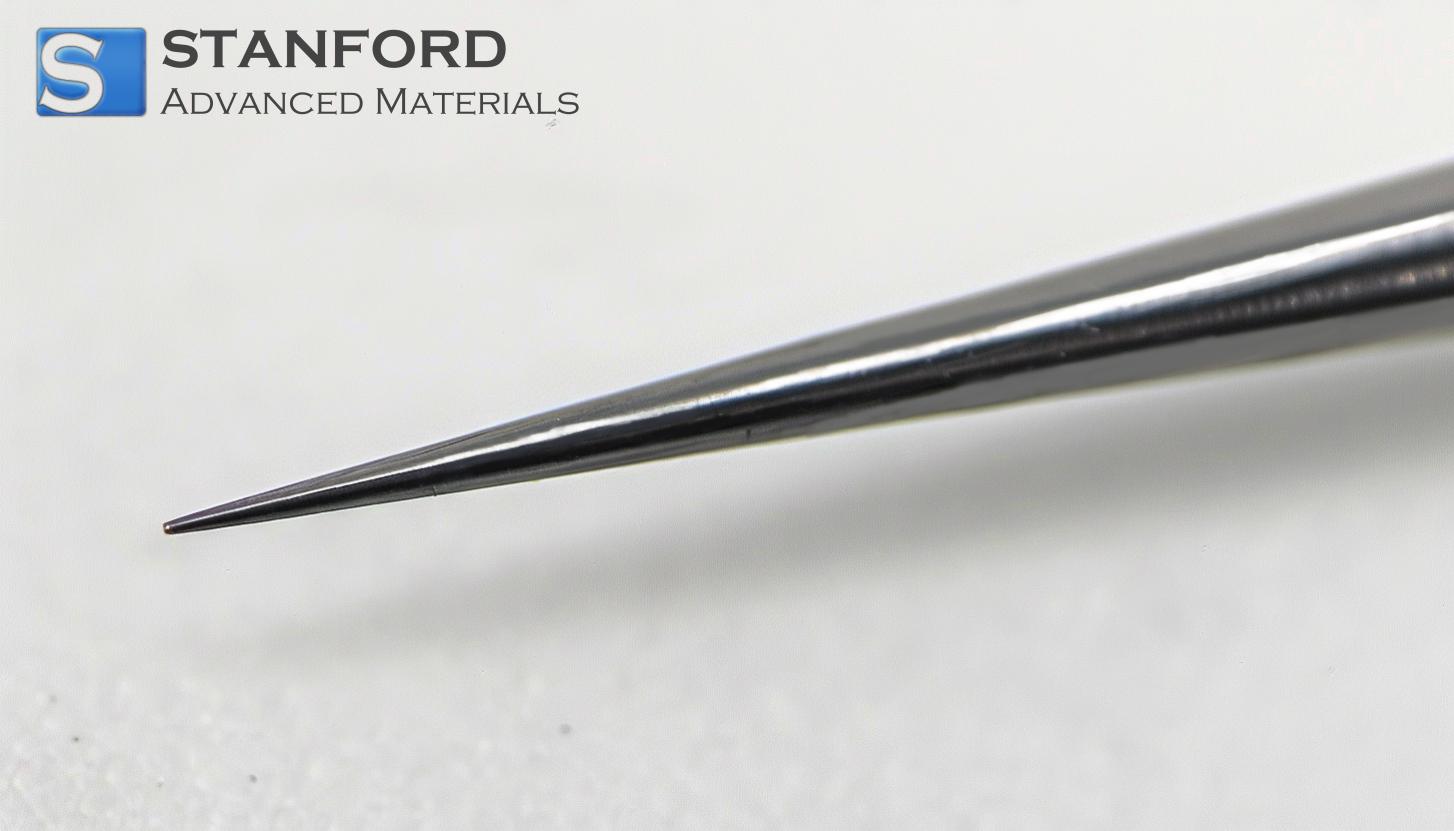
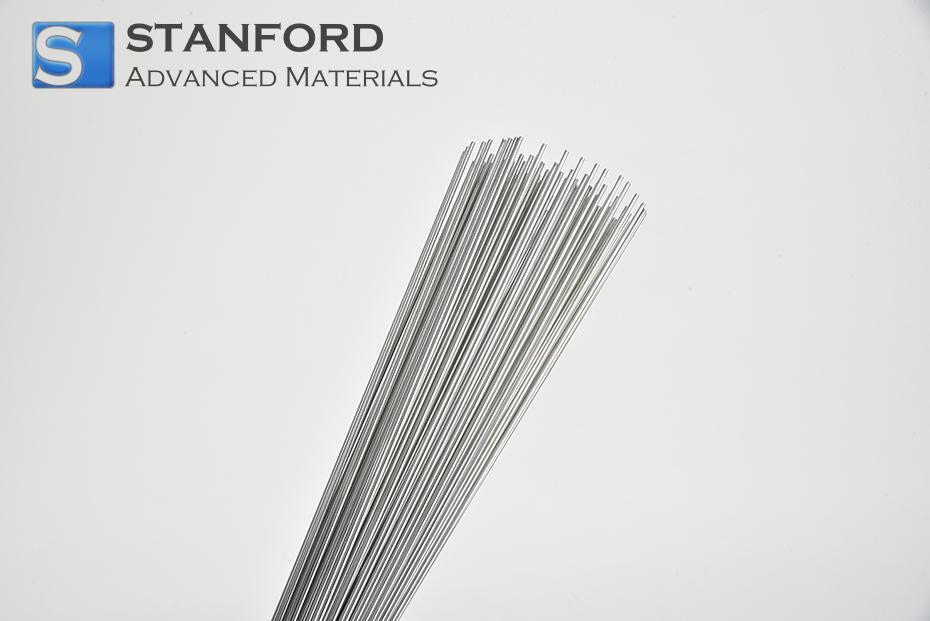
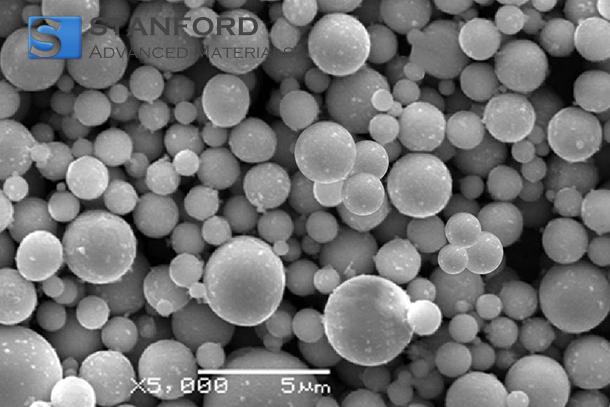
 Chin Trento
Chin Trento



